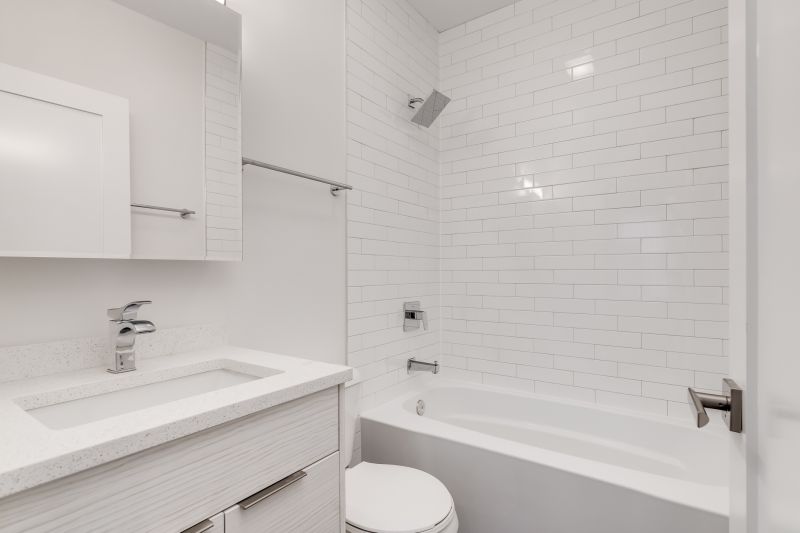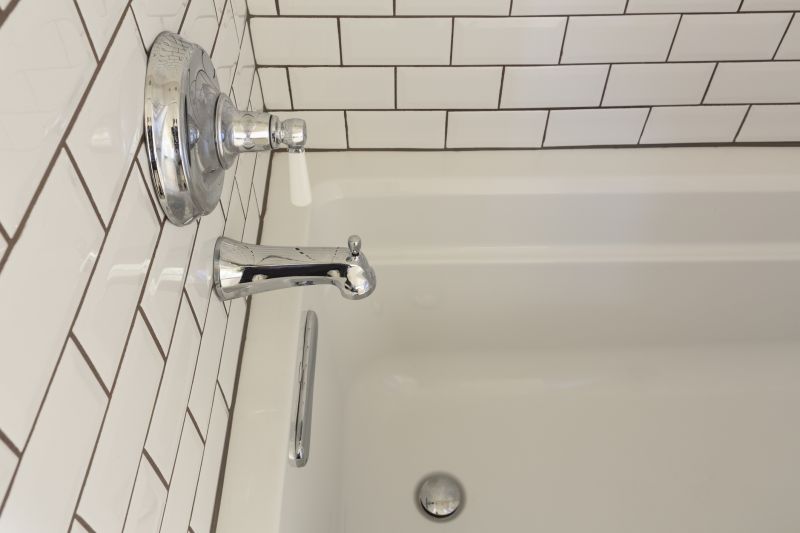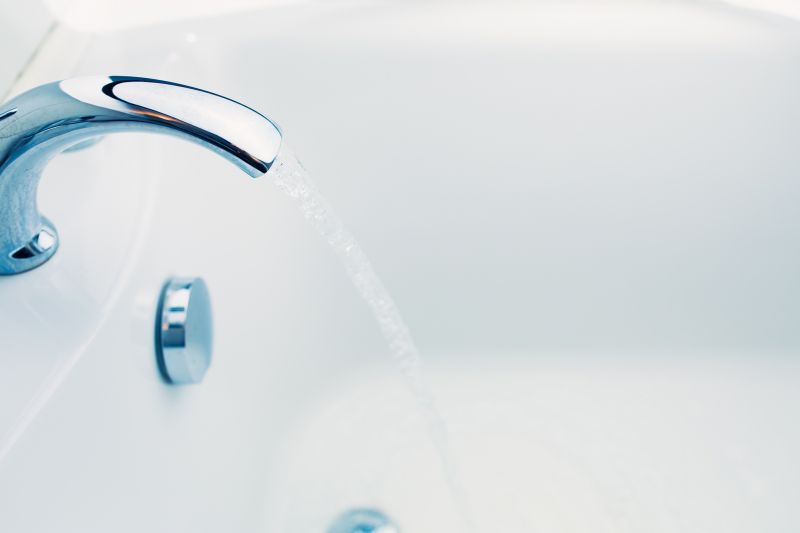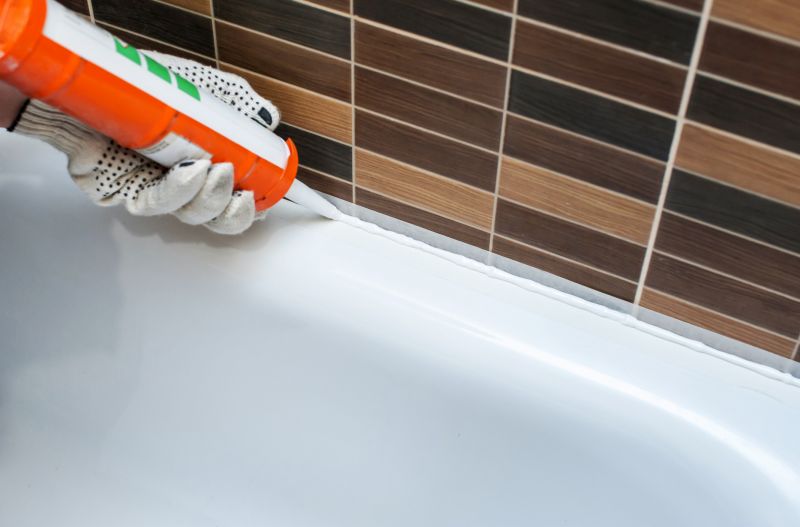Best Seasons for Bathtub Refinishings
Bathtub refinishings are most effectively scheduled during periods of stable indoor conditions. Optimal timing typically occurs in seasons with moderate temperatures and low humidity, which facilitate proper curing and adhesion of finishes. Planning refinishings during spring or early fall can help ensure the best results, as these times often offer ideal environmental conditions.
Refinishing projects tend to perform best when indoor climate control is manageable. Avoid scheduling during extreme summer heat or winter cold, which can impact curing times.
High humidity and rapid temperature fluctuations can interfere with the drying process, leading to suboptimal finishes. Choosing a time with consistent weather improves durability.
Refinishing typically requires a few days for preparation, application, and curing. Planning for a window of stable conditions minimizes delays.
Coordinate with professionals to identify the best season based on local climate patterns. Avoid peak holiday seasons or busy periods for convenience.

A smooth, glossy surface after refinishing process.

Surface cleaning and priming before applying new finish.

Controlled indoor setting for optimal finish curing.

Ways to make Bathtub Refinishings work in tight or awkward layouts.

Popular materials for Bathtub Refinishings and why they hold up over time.

Simple add-ons that improve Bathtub Refinishings without blowing the budget.
Bathtub refinishing is a cost-effective alternative to replacement, providing a renewed appearance and improved surface durability. The process involves cleaning, repairing, and applying a specialized coating to restore the tub's finish. Statistics indicate that refinishing can extend the lifespan of a bathtub by several years, with many projects lasting up to a decade when properly maintained. The procedure is popular for its minimal disruption, typically requiring only a few days to complete.

Transformation of a worn bathtub surface.

Tools and materials used in the process.

High-gloss, durable finish post-refinishing.

Technicians applying the coating for a smooth finish.
| Season | Advantages |
|---|---|
| Spring | Moderate temperatures and low humidity support optimal curing. |
| Early Fall | Ideal environmental conditions for durable finishes. |
| Late Fall | Less busy season, allowing flexible scheduling. |
| Winter | Potential challenges with indoor climate control. |
| Summer | High temperatures and humidity may affect curing quality. |



